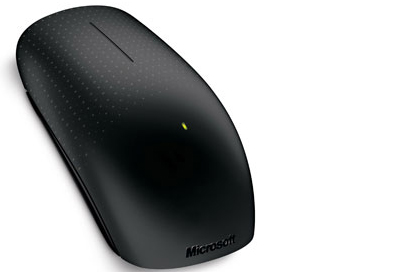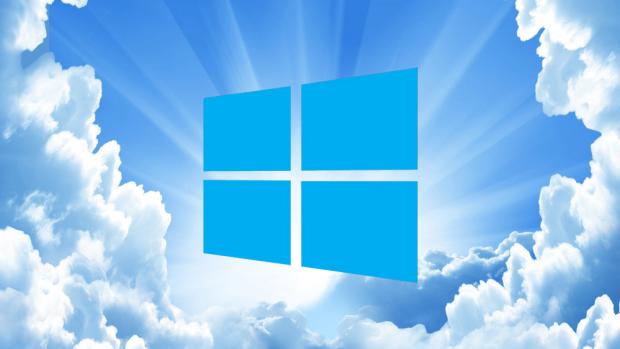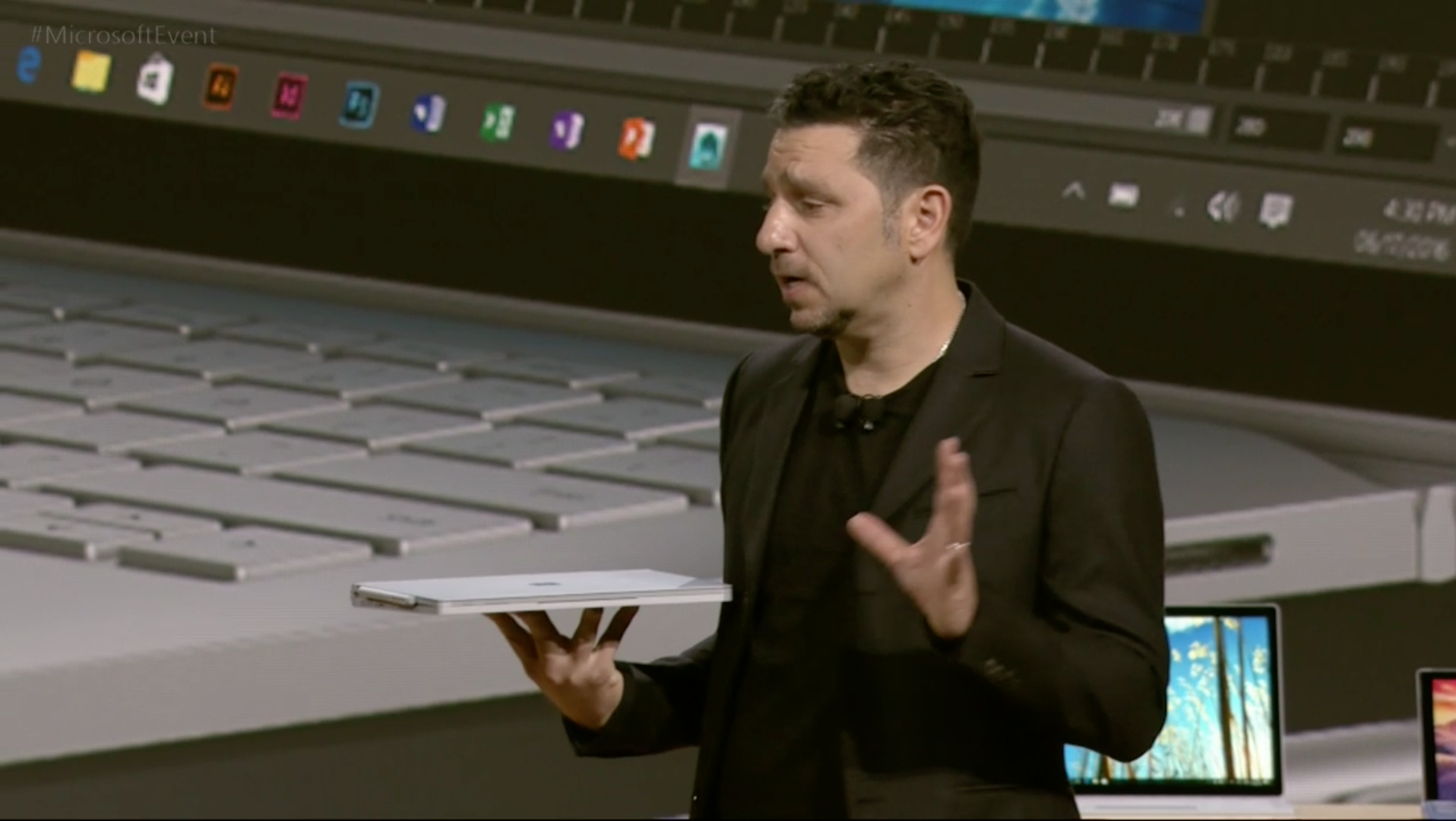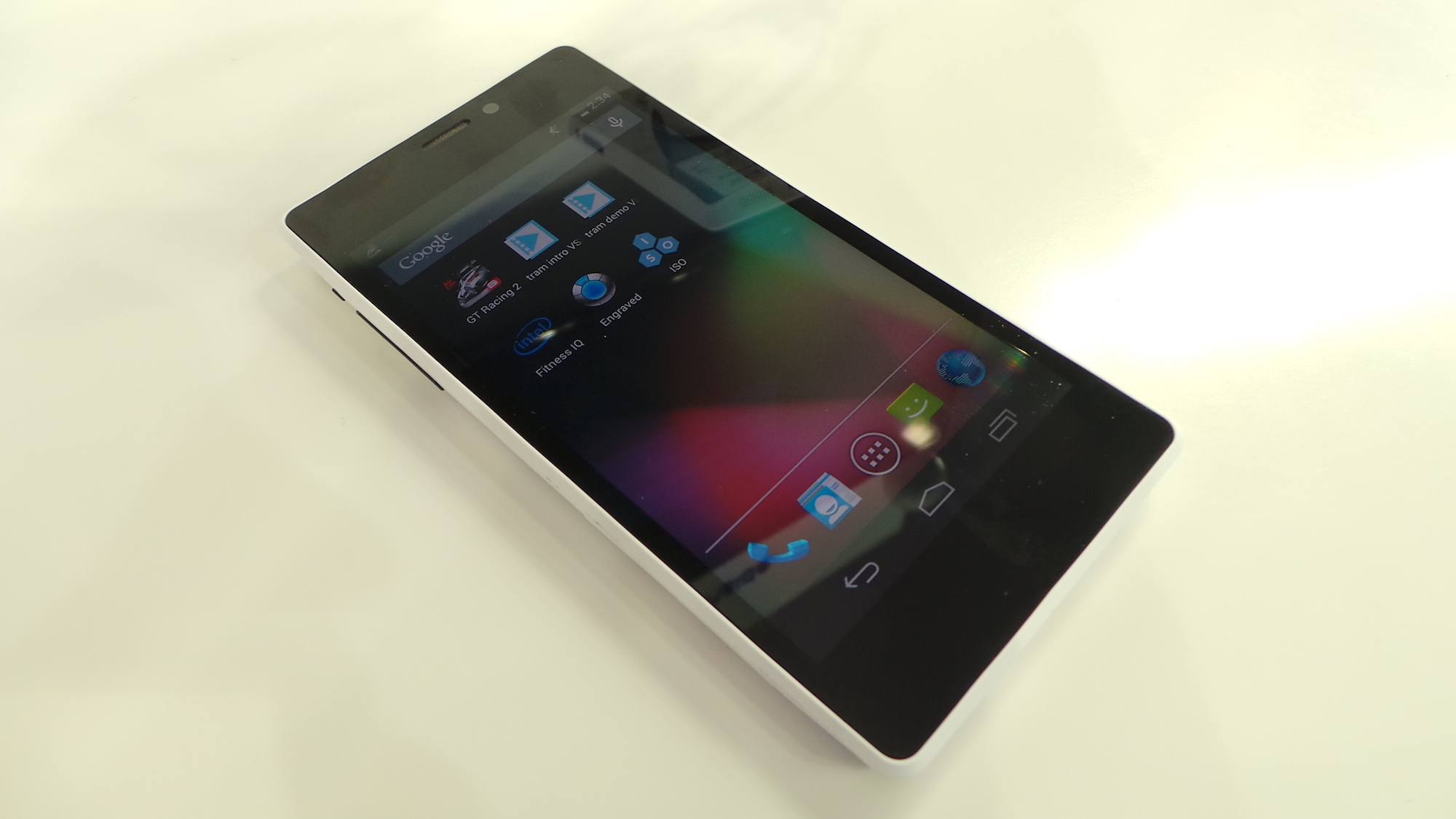Microsoft introduces Touch Mouse at CES
Microsoft has introduced a new touch mouse, over a year after Apple released a similar product.


Microsoft has unveiled a multitouch mouse that responds to gestures as well as standard mouse functions.
Introduced at the Consumer Electronics Show (CES) in Las Vegas, Microsoft's Touch Mouse for Windows 7 allows the user not just to click and scroll, but also to swipe and flick when interacting with the PC.
Up to three fingers can be used for a variety of different actions. For instance, with one digit users can scan, pan and tilt documents with simple flicks while the thumb can be used to navigate web browsers.
The device also comes with BlueTrack Technology to allow for multi-surface use.
Microsoft's product will be going head to head with the Apple Magic Mouse, another touch-enabled product that was released back in 2009.
"When we set out to develop a multitouch input device for Windows 7, we explored a lot of options but determined this form factor and technology is best because it lets people grip their mouse and point and click, while also allowing for rich gestures," said Hrvoje Benko, researcher in the Microsoft Research Group.
"Touch Mouse is our stake in the ground with multitouch PC input devices and is really just the beginning of things to come."
Sign up today and you will receive a free copy of our Future Focus 2025 report - the leading guidance on AI, cybersecurity and other IT challenges as per 700+ senior executives
The mouse came out of what the Redmond giant labelled the Mouse 2.0 project, which ended up producing five prototypes.
The mouse is due for release in June 2011 but will be open for preordering this week.
Elsewhere at CES 2011, Microsoft revealed it has plans to create a Windows operating system compatible with ARM processors as the Redmond firm seeks to take on Apple in the smartphone and tablet sectors.
Tom Brewster is currently an associate editor at Forbes and an award-winning journalist who covers cyber security, surveillance, and privacy. Starting his career at ITPro as a staff writer and working up to a senior staff writer role, Tom has been covering the tech industry for more than ten years and is considered one of the leading journalists in his specialism.
He is a proud alum of the University of Sheffield where he secured an undergraduate degree in English Literature before undertaking a certification from General Assembly in web development.
-
 Two Fortinet vulnerabilities are being exploited in the wild – patch now
Two Fortinet vulnerabilities are being exploited in the wild – patch nowNews Arctic Wolf and Rapid7 said security teams should act immediately to mitigate the Fortinet vulnerabilities
-
 Coursera and Udemy eye AI training dominance in $2.5bn merger
Coursera and Udemy eye AI training dominance in $2.5bn mergerNews The deal between Coursera and Udemy will create a $2.5bn company to help workers learn AI – and retrain for jobs replaced by it
-
 Best Windows Phone apps for 2018
Best Windows Phone apps for 2018Best We list the important Windows Phone apps to help you choose what to download
-
 Getting Windows onto your new SSD
Getting Windows onto your new SSDTutorials Whether you want to start afresh or migrate from an existing disk, here’s how to make the move
-
 Microsoft shifts its focus on tools and devices for creative professionals
Microsoft shifts its focus on tools and devices for creative professionalsNews At yesterday's event, Microsoft announced several products developed to help people 'create'
-
 Microsoft Surface 3 review
Microsoft Surface 3 reviewReviews Will it be third time lucky for Microsoft's Surface?
-
 Windows Phone 8.1 released for developers
Windows Phone 8.1 released for developersNews The Windows Phone 8.1 update boasts some of the biggest changes to the platform since it launched
-
 Intel Merrifield: Specs, price and release date
Intel Merrifield: Specs, price and release dateRumours Everything you need to know about Intel's 2014 Atom chips.
-
 IT Pro's Top Products of 2013
IT Pro's Top Products of 2013In-depth We roundup the best smartphones, tablets, laptops servers and software.
-
 2013 Year in Review: Top 10 tech news stories
2013 Year in Review: Top 10 tech news storiesNews We take a look back over some of the year's biggest news stories.
